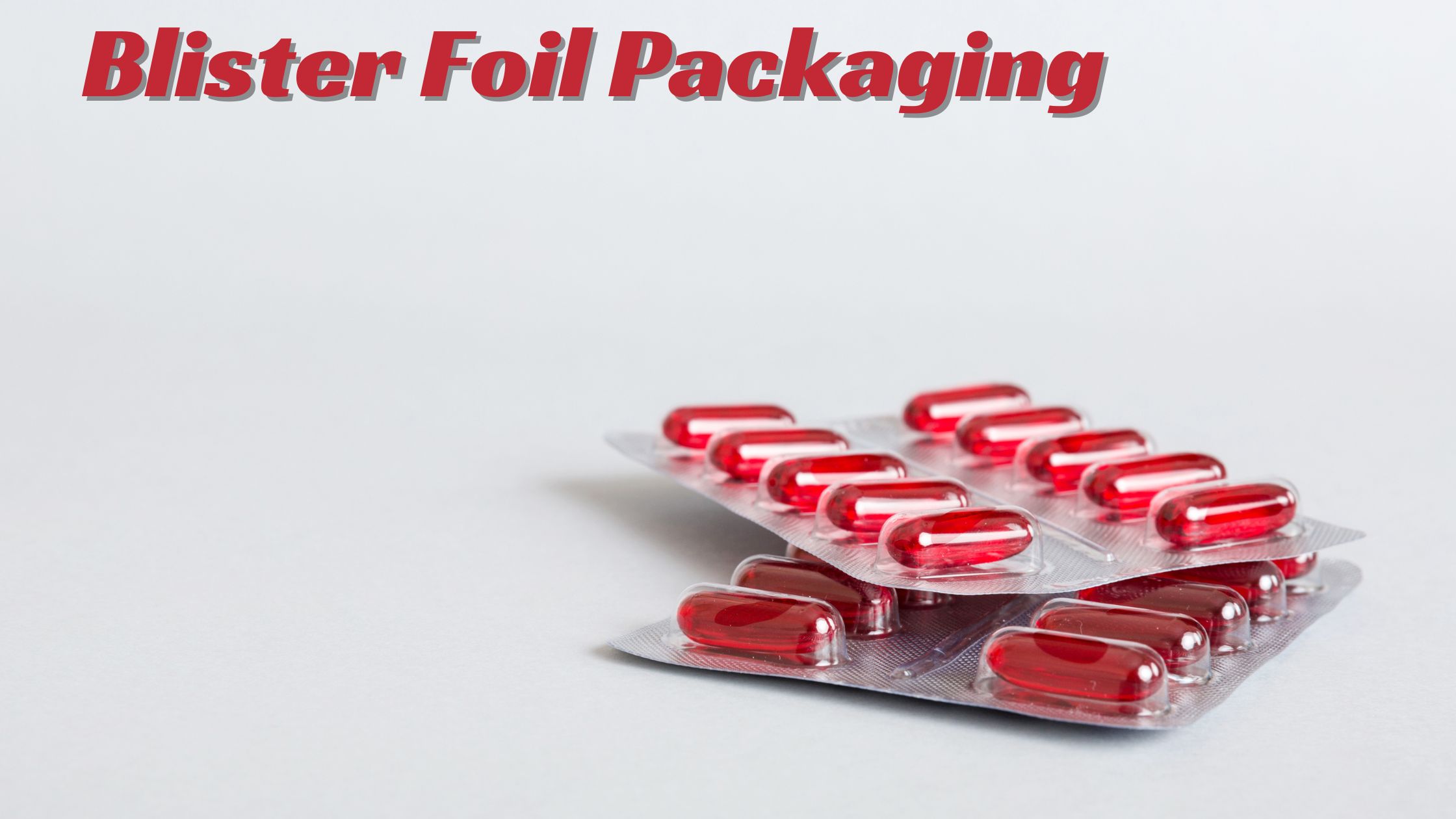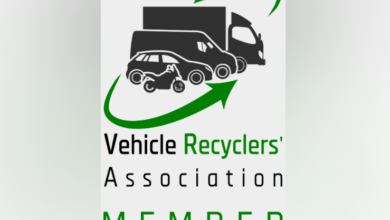In the realm of modern packaging solutions, blister foil packaging stands out as a versatile and efficient method to safeguard products across various industries. Its widespread usage spans pharmaceuticals, food, electronics, and consumer goods sectors, offering a myriad of benefits in terms of protection, preservation, and presentation. This article delves into the intricacies of blister foil packaging, highlighting its advantages, applications, and the evolving landscape of this innovative packaging solution.
Understanding Blister Foil Packaging
Blister foil packaging refers to a method of enclosing products within pre-formed plastic or aluminum blisters, typically sealed with a layer of foil. The primary aim of blister packaging is to provide a barrier against moisture, gases, light, and other external factors that could compromise product integrity. This form of packaging ensures product protection, extends shelf life, and enhances product visibility and consumer appeal.
Components of Blister Foil Packaging:
- Plastic Blister: The base component of blister packaging, made from various types of plastic such as PVC, PET, or PP, serves as the primary container for the product.
- Foil Lid: A thin layer of aluminum foil, heat-sealed onto the plastic blister, acts as a protective barrier, preventing contamination and preserving product freshness.
Advantages of Blister Foil Packaging
Blister foil packaging offers a multitude of advantages over traditional packaging methods, making it a preferred choice for manufacturers and consumers alike. Some key benefits include:
- Product Protection: Blister packaging provides an effective barrier against moisture, oxygen, UV light, and other environmental factors, ensuring product safety and integrity throughout its shelf life.
- Tamper Resistance: The hermetic sealing of blister packs with foil lids provides tamper-evident features, enhancing product security and consumer trust.
- Enhanced Visibility: Transparent plastic blisters allow for maximum product visibility, enabling consumers to inspect the product before purchase, thereby increasing consumer confidence and reducing the likelihood of returns.
- Customization and Branding: Blister packaging offers ample opportunities for customization, allowing manufacturers to showcase their brand logos, product information, and promotional messages, thereby enhancing brand recognition and consumer engagement.
- Convenience and Portability: Blister packs are lightweight, portable, and easy to handle, making them ideal for both manufacturers and consumers. The compact design facilitates storage, transportation, and dispensing of products, thus enhancing convenience and user experience.
Applications of Blister Foil Packaging
The versatility of blister foil packaging lends itself to a wide array of applications across diverse industries. Some prominent sectors where blister packaging finds extensive use include:
Pharmaceuticals:
Blister foil packaging is widely employed in the pharmaceutical industry for packaging tablets, capsules, pills, and other solid dosage forms. The hermetic sealing and tamper-resistant features of blister packs ensure product integrity, dosage accuracy, and protection against external contaminants. Additionally, blister packaging allows for unit dose packaging, enabling precise medication dispensing and compliance with regulatory requirements.
Food and Beverage:
In the food and beverage industry, blister packaging serves as an effective solution for packaging individual servings of snacks, confectionery, chewing gum, and beverages. The transparent plastic blisters provide product visibility, while the foil lids ensure freshness and protection against moisture, odors, and contamination. Blister packs are also utilized for portion control, extended shelf life, and convenience in on-the-go consumption.
Electronics:
Blister foil packaging is extensively used in the electronics industry for packaging components, accessories, batteries, memory cards, and small electronic devices. The robust protection offered by blister packs safeguards electronic products against static electricity, dust, moisture, and physical damage during storage, transportation, and display. Additionally, blister packaging allows for easy identification of product specifications, model numbers, and barcodes, facilitating inventory management and traceability.
Consumer Goods:
In the consumer goods sector, blister packaging is employed for packaging a diverse range of products including cosmetics, toiletries, toys, stationery, and hardware items. The transparent plastic blisters provide a clear view of the product, while the foil lids ensure product freshness and protection against tampering and pilferage. Blister packs are also utilized for promotional purposes, offering eye-catching displays and shelf differentiation to attract consumer attention and drive sales.
Evolving Trends and Innovations in Blister Foil Packaging
The landscape of blister foil packaging continues to evolve, driven by advancements in materials, technology, sustainability, and consumer preferences. Some notable trends and innovations in blister packaging include:
- Environmentally Friendly Materials: There is a growing emphasis on the use of eco-friendly materials in blister packaging, including biodegradable plastics, recycled content, and compostable substrates. Manufacturers are exploring sustainable alternatives to conventional plastics, aiming to reduce environmental impact and meet regulatory requirements.
- Smart Packaging Solutions: The integration of smart technologies such as RFID tags, NFC labels, and QR codes into blister packaging enables enhanced traceability, authentication, and interactive consumer experiences. Smart blister packs provide valuable insights into product lifecycle, usage patterns, and supply chain management, thereby improving operational efficiency and customer engagement.
- Anti-Counterfeiting Measures: With the rise in counterfeit products and illicit trade, there is a growing demand for blister packaging solutions with advanced anti-counterfeiting features. Manufacturers are incorporating holographic foils, security inks, microtaggants, and other covert markings to deter counterfeiters and protect brand reputation.
- Personalized Packaging Solutions: Blister packaging is increasingly being customized to cater to individual consumer preferences and lifestyle choices. Personalized packaging designs, colors, and graphics enable brands to create unique and memorable experiences, fostering brand loyalty and consumer engagement.
- Automation and Digitalization: The adoption of automation and digitalization technologies in blister packaging manufacturing processes enhances productivity, precision, and quality control. Robotic systems, vision inspection systems, and data analytics tools streamline production operations, minimize errors, and ensure compliance with regulatory standards.
Conclusion
In conclusion, blister foil packaging emerges as a versatile and indispensable solution for safeguarding products across various industries. Its numerous advantages, including product protection, tamper resistance, enhanced visibility, and customization capabilities, make it a preferred choice for manufacturers and consumers alike. With evolving trends and innovations shaping the landscape of blister packaging, the future holds promising opportunities for enhanced sustainability, smart functionality, and personalized experiences. As the demand for safe, secure, and sustainable packaging solutions continues to rise, blister foil packaging remains at the forefront of innovation, delivering value and convenience to businesses and consumers worldwide.







